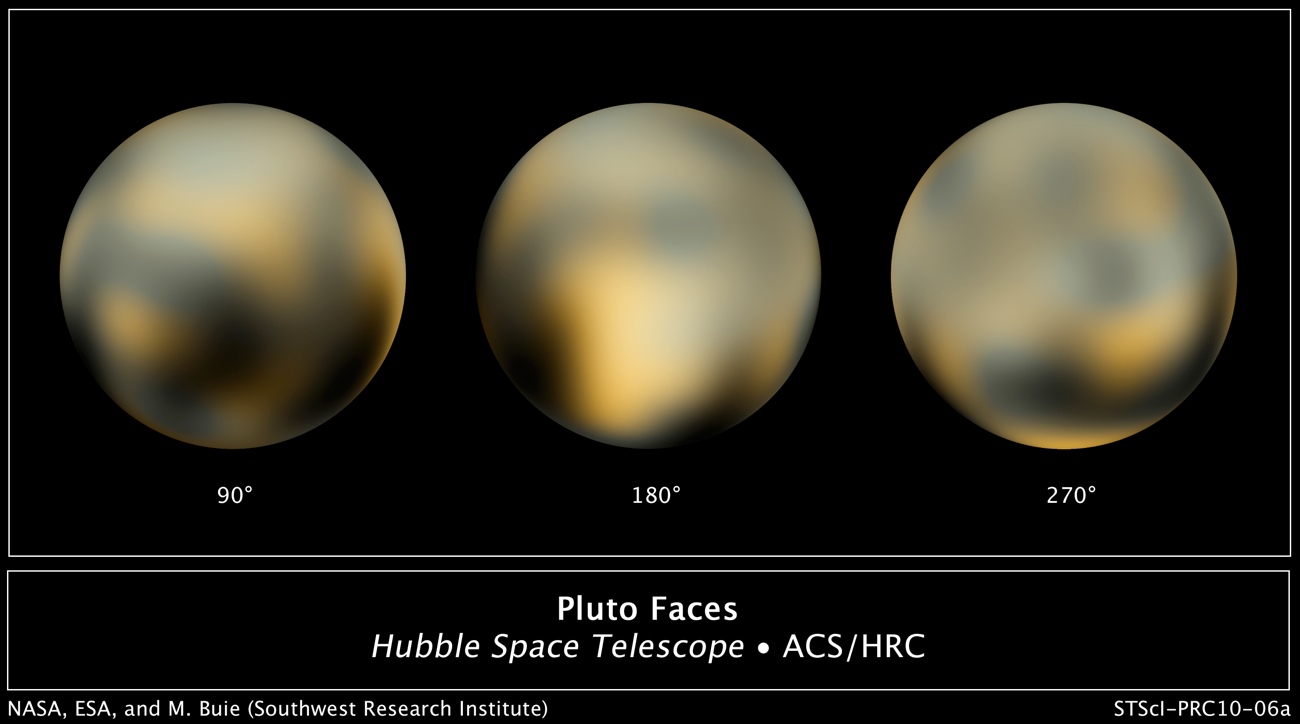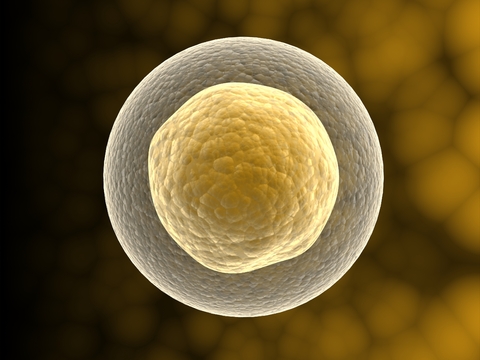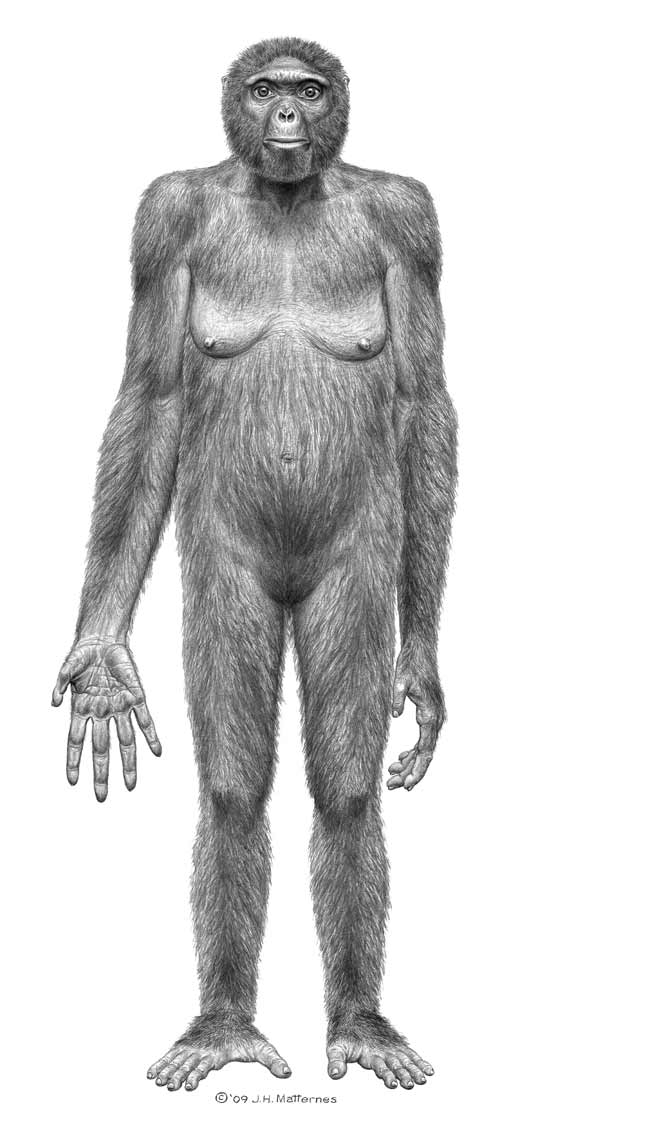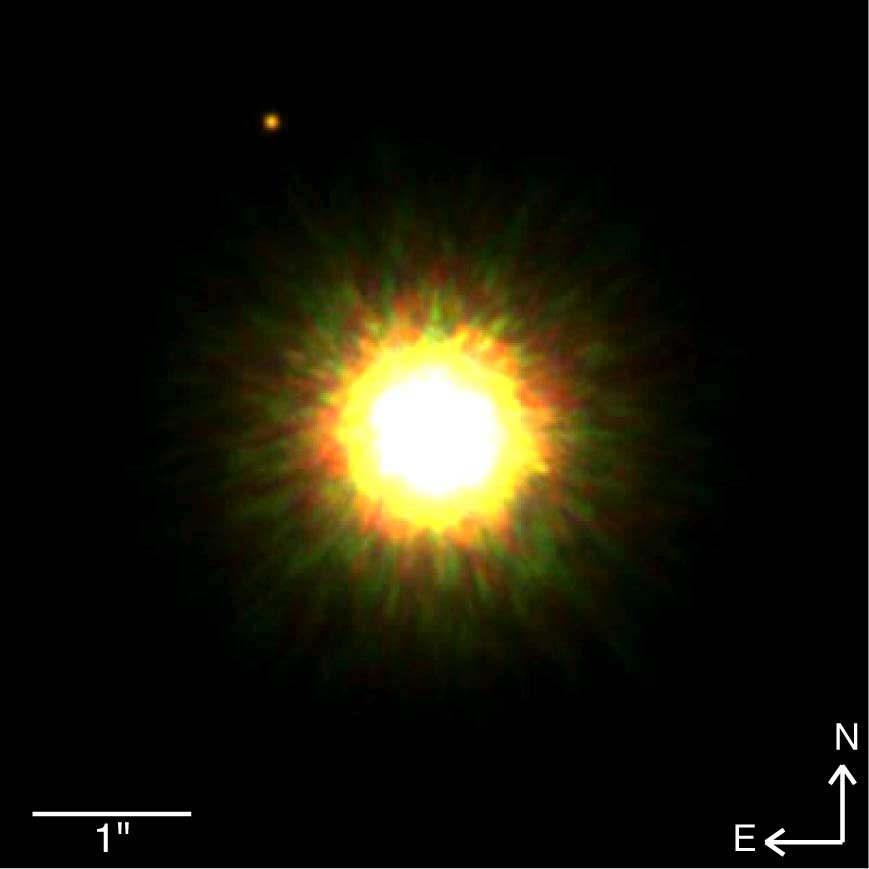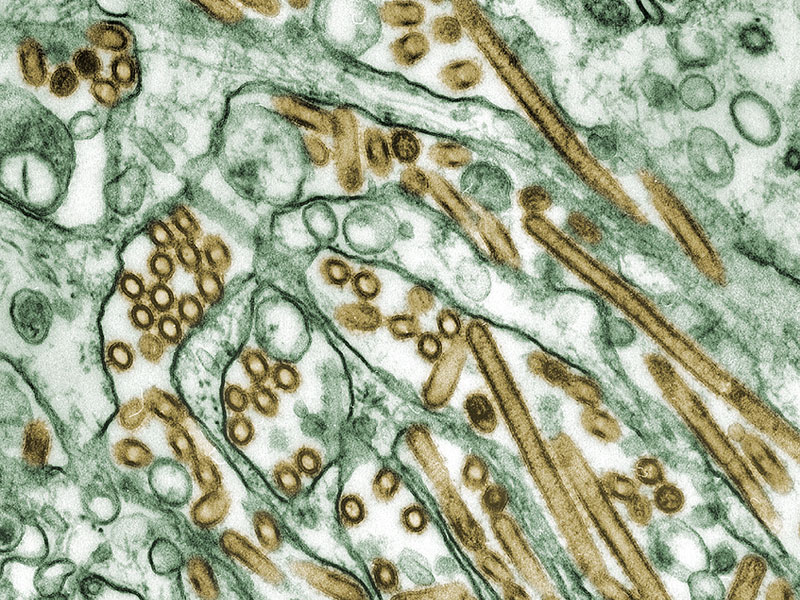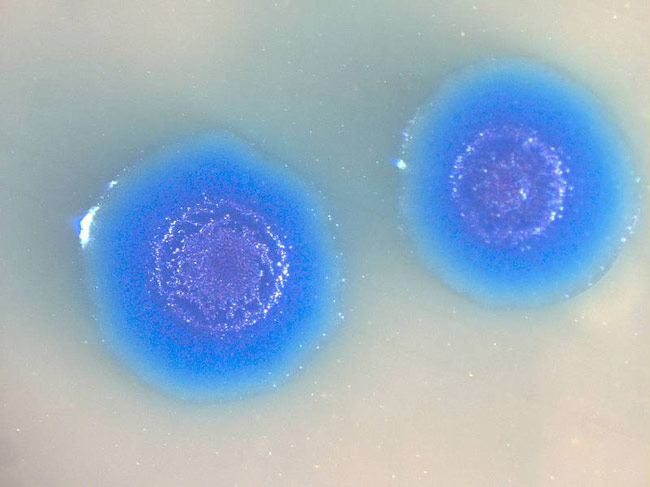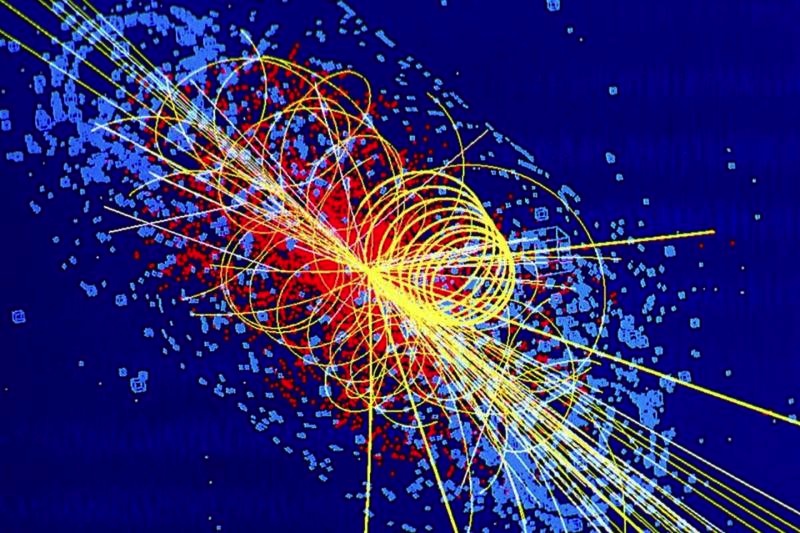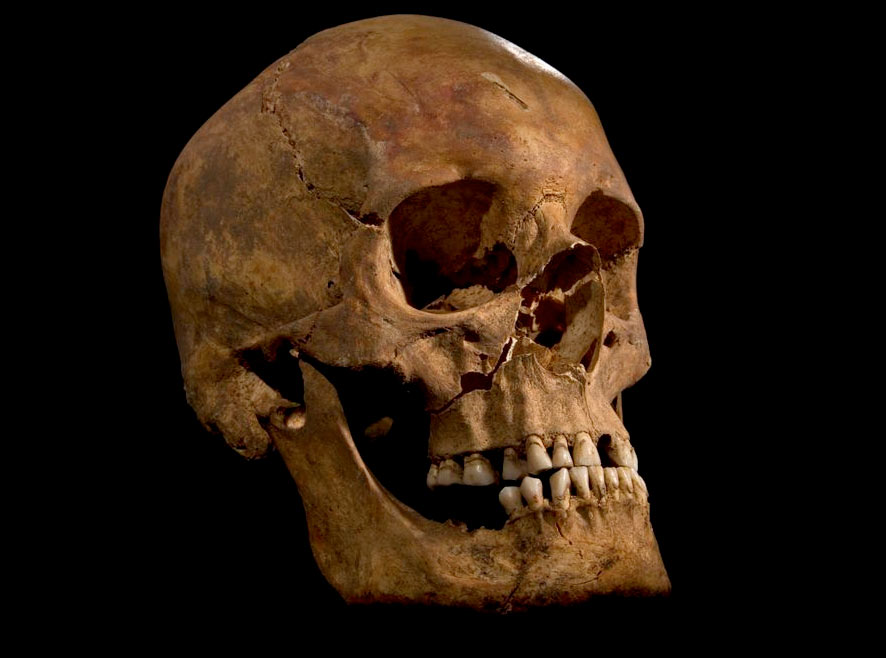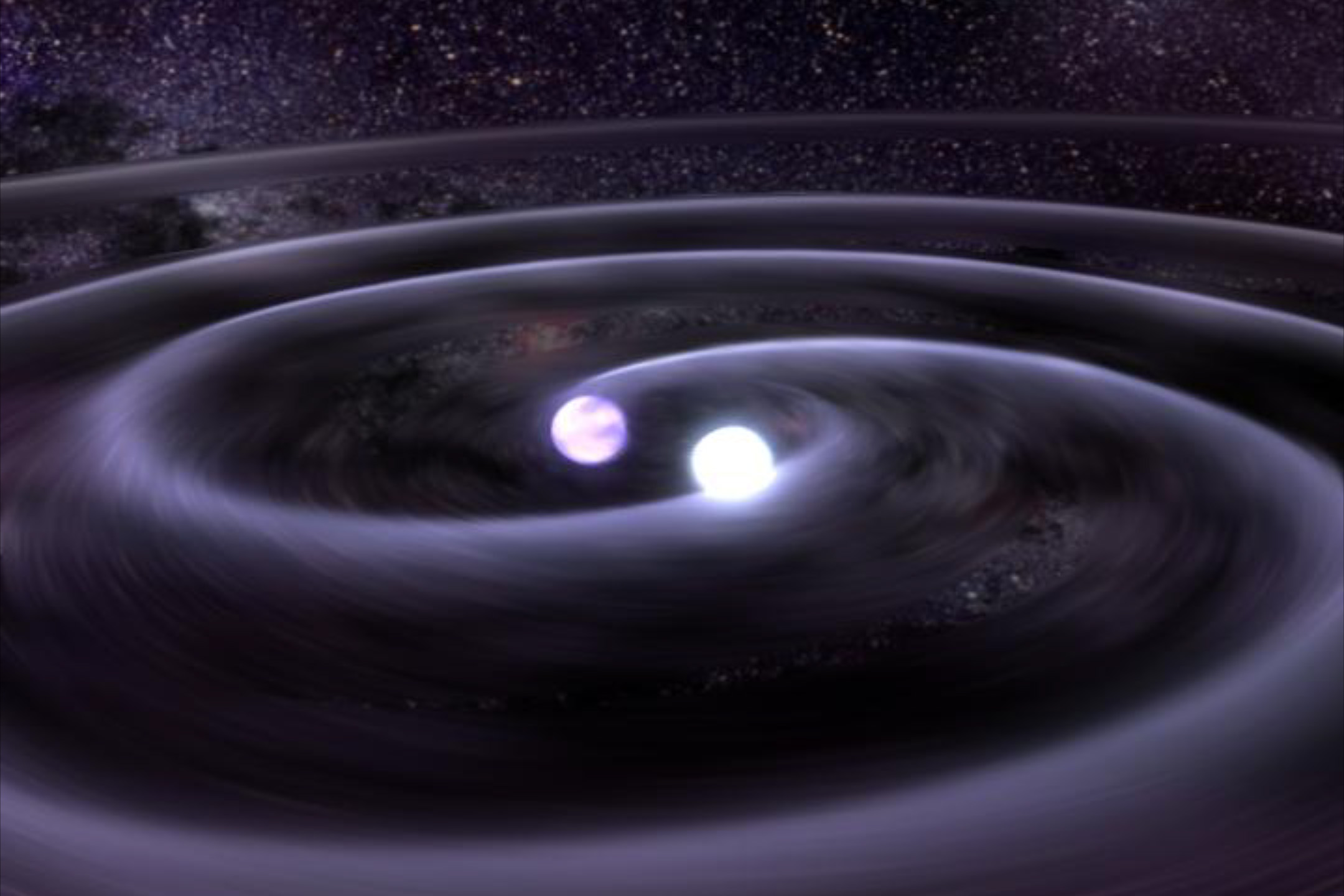Happy Birthday, Live Science! 10 Years of Amazing Science Discoveries

Ten years ago today, Live Science launched. Since that day, we've been covering science stories big and small. Sometimes, the news is exciting, like when NASA successfully landed the Curiosity rover on Mars in 2012. In other cases, science overlaps with human suffering, as in 2011, when an enormous earthquake and tsunami devastated Japan.
We've chronicled SARS epidemics and the end of NASA's Space Shuttle Program, delved into the mysteries of the human mind, and most of all, given our readers a front-row seat for the biggest and most inspiring science discoveries of the past decade. For Live Science's 10th birthday, we look back at some of the biggest scientific achievements of the past decade.
10. The discovery that killed Pluto's planethood
It's just a hunk of rock orbiting some 4.67 billion miles (7.5 billion kilometers) from Earth, but people take Pluto very seriously. This fact became very apparent in 2006, when Pluto was demoted from planet to dwarf planet. The outcry was so great that the backlash was still in the news five years later.
The discovery that triggered Pluto's downgrade occurred in 2005, when Caltech astronomer Mike Brown reported that he and his colleagues had discovered a far-flung body they dubbed Eris, which seemed to be larger than Pluto. (We now know that it is actually almost the exact same size.)
The discovery triggered some solar-system searching in the astronomy community. If Pluto's size didn't make it special, why was it classified as a planet at all? In 2006, the International Astronomical Union redefined a planet as an object that circles the sun without being in another object's orbit, is large enough to be rounded by its own gravity and is big enough to have cleared the area around it from other big objects.
Pluto is in the Kuiper Belt, making it just one of many icy, orbiting bodies in the far reaches of the solar system. So, as a planet, it had to go.
Get the world’s most fascinating discoveries delivered straight to your inbox.
The public was bereft, and responded by creating T-shirts with slogans like, "It's Okay, Pluto. I'm not a planet either," and "When I was your age, Pluto was a planet." The decision was scientifically controversial, as well, with some astronomers objecting to the rule that planets have to dominate their own neighborhoods.
"In science, we call things what they are based on their attributes, not what they're next to," Alan Stern, of the Southwest Research Institute in Boulder, Colorado, told Live Science's sister site Space.com in 2011.
9. The programming of stem cells
In 2006, Japanese researcher Shinya Yamanaka and his colleagues performed the scientific equivalent of turning back the clock. Starting with mature mouse skin cells, the researchers engaged in a little genetic reprogramming and created pluripotent stem cells, or cells that are capable of becoming any sort of cell in the body. [Amazing Biology: 5 Big Stem Cell Discoveries]
These induced pluripotent stem cells (iPS) were a revelation. For one thing, stem cell research has long been controversial in the United States, because pluripotent stem cells come from embryos. The iPS cells offered the promise that stem cell medicine might be possible without relying on controversial embryonic tissue.
Pluripotent stem cells could be used in a variety of ways to treat injuries and diseases, from growing new skin for burn victims to replacing malfunctioning tissue in anything from heart disease to diabetes, according to the National Institutes of Health. Already, stem cells are used to test pharmaceuticals and in developmental experiments that help researchers understand how diseases originate. And just this year, a small study found that injecting stem cells into the eyes of certain blind patients could help them regain some vision.
In 2012, Yamanaka shared a Nobel Prize in medicine with another stem cell pioneer, Sir John B. Gurdon, for their groundbreaking work.
8. What is the singularity? Watson wins at "Jeopardy!"
Sorry, puny humans. Your quiz-game abilities have nothing on a computer's.
In 2011, an IBM-designed computer named Watson faced off against two previous "Jeopardy!" champions in a three-day tournament on the popular quiz show. The showdown was the culmination of four years of work, during which programmers turned Watson into a trivia encyclopedia. The challenge wasn't stuffing all of this knowledge into the computer's memory banks, but rather getting Watson to respond correctly to questions. As UCLA computer scientist Michael Dyer explained at the time, it's easy for humans to understand sentences like, "John picked up a bat and hit Bill. There was blood everywhere." For a computer, though, the phrases are confusing. Whose blood? What kind of bat?
Watson shone. The computer won with $77,147, leaps ahead of its human competitors, who made only $24,000 and $21,600, respectively — though, to be fair, as a machine, Watson did not have the problems that many humans have on "Jeopardy!" with buzzing in quickly, but not so quickly as to get locked out of answering.
Today, Watson is using its information-processing prowess in another way. Now known as the Watson Discovery Advisor, the computer can process millions of pages of scientific papers and documentation, and return the highlights to researchers. In this way, scientists can study the hundreds of scientific papers on any given topic far faster than in the past. Johnson & Johnson is using the system to analyze the results of clinical trials, which could get drugs to market faster.
7. The discovery of Ardi
The search for human ancestors rarely reveals more than a few fragments of bone or teeth — tantalizing hints of the hominins that once roamed before the evolution of Homo sapiens.
In 2009, however, researchers announced the remarkable discovery of 4.4-million-year-old skeletal remains, including a skull with teeth, as well as arms, hands, a pelvis, legs and feet. The remains were of a female Ardipithecus ramidus, dubbed "Ardi" for short.
Ardi isn't the oldest human ancestor on record; scattered teeth and bones from Ethiopia reveal the existence of Ardipithecus kadabba, a species that lived between 5.8 million and 5.2 million years ago. But Ardi, also found in Ethiopia, was an amazingly complete specimen. She was "the first creature on our side of the family tree," Tim White, the paleoanthropologist at the University of California, Berkeley who discovered the specimen, told Live Science in 2010. In other words, Ardi appeared in the family tree after the last common ancestor of humans and chimpanzees — and Ardi is on the human side of that schism.
Since Ardi's discovery, researchers have been working to understand more about her habitat and biology. A 2011 study found that Ardi and her contemporaries probably lived near rivers.
6. Taking alien snapshots
The first exoplanet discovery happened in 1992, but it wasn't until 12 years later that researchers managed to get a visual on these worlds outside our solar system. The first exoplanet portrait was taken in 2004, using infrared light and the European Space Agency's Very Large Telescope in Chile. And it wasn't until 2005 that new images were able to confirm that the blurry sphere was truly a planet, a giant with a mass five times that of Jupiter.
But humans can't see in infrared. The next leap in exoplanet photography took place in 2008, when researchers snapped a shot of another exoplanet, this time using visible light. It was the first direct portrait ever of a planet outside the solar system.
The subject of the shot was another giant planet, but this one had a mass eight times that of Jupiter. Its host star is about 500 light-years from Earth, and the planet orbits 300 times farther from its star than Earth orbits from the sun.
Nevertheless, the exoplanet is far hotter than Earth — more than 2,700 degrees Fahrenheit (1,500 degrees Celsius). The heat is the result of young age, as the planet's system is just 5 million years old, compared with our solar system, which boasts an age of 4.6 billion years. The force of the planet's gravity during formation raised its temperature, which will eventually drop once the contraction phase ends.
5. Deadly flu mutation created … on purpose
H5N1, better known as avian flu or bird flu, is a disease that typically spreads only from bird to bird. Occasionally, it jumps from a bird to a human, yielding about 650 human cases globally since 2003, according to the U.S. Department of Health and Human Services. Human-to-human transmission is very rare.
In 2011, however, two groups of researchers triggered a worldwide firestorm when they reported they'd genetically altered the H5N1 virus to spread easily between ferrets — a step that could mean the altered virus could be easily transmissible between humans, as well. The goal of the study was to understand the mutations that would have to occur to give bird flu epidemic potential. But other scientists and biosecurity experts balked. What if the virus escaped from the lab? What if someone took the scientists' work and used it to tinker with the virus for the purpose of causing a pandemic?
The concerns delayed publication of the papers and put the research on hold, but after consideration, the biomedical community decided the work should be published. Both papers were published in 2012 — one in the journal Nature and one in the journal Science.
But discussion of biosafety continues. In 2012, the journal mBio hosted a series of papers debating the level of security under which the virus research should take place. Currently, the mutated H5N1 virus is only studied in Biosafety Containment Level (BLS) 3 facilities, one step below the maximum of BSL-4. Upping the requirement to BSL-4 would increase security but would limit the amount of important research done, because these facilities are relatively rare.
4. Creating life with synthetic DNA
The first-ever organism with an artificial genome came to life in 2010, after a 15-year, $40 million gestation.
In May of that year, researchers at the J. Craig Venter Institute announced the creation of a living bacterium with a fully lab-created genome. First, researchers painstakingly stitched together the genome of the bacterium Mycoplasma mycoides from raw DNA. Next, they plugged this synthetic genome into another bacterial cell, Mycoplasma capricolum.
Using the cell machinery of the M. capricolum bacterium, the M. mycoides genome got to work, functioning just as if it were a regular bacterial genome.
The point of this genetic tinkering is multifaceted. Institute founder Craig Venter hopes that synthetic, customizable cellscan be used in controlled research experiments, to revive extinct genomes, and even to colonize Mars.
3. The Higgs boson comes out of hiding
The world's largest atom smasher, which opened for business in 2008, had solved one of physics' enduring mysteries by 2012: the identity of the Higgs boson, the particle that is thought to explain how other particles get their mass.
The Higgs was predicted to exist by the Standard Model, the theory that ties particle physics together. But it had never before been glimpsed, and many researchers were hoping that the Higgs would turn out to be strange and unexpected.
On that front, they were disappointed. In 2012, physicists reported with 99 percent certainty that that'd found the Higgs. It took until 2013, when all the numbers were crunched, to confirm the discovery. Since then, further research has found that the subatomic particle behaves precisely as expected.
Still, questions about the Higgs boson remain. Researchers still don't know the full story on how the particle decays into other particles. And physicists are still running experiments to find out how this elusive particle manages to impart mass to other particles.
2. The discovery of a lost king
It's strange to lose a king of England. It's even stranger to find him under a parking lot, centuries later.
In 2013, archaeologists revealed that they had uncovered the bones of Richard III beneath a city council parking lot in Leicester, England. The 15th-century king had been missing for hundreds of years. Historical records held that after his battlefield death in the English Wars of the Roses, Richard III was stripped of his armor and taken to Leicester, where he was buried at a church called Greyfriars. But the location of the church was eventually lost, and Richard's grave along with it.
The excavation and recovery captured headlines around the globe. And an anatomical examination of the remains has yielded incredible detail about the ill-fated king: He had scoliosis. And roundworms. On the other hand, he ate well, at least until he suffered a horrifying death on a medieval battlefield.
Archaeologists hope that Richard III's skeleton has more secrets to reveal. The king's body will be reburied in a cathedral in Leicester, but samples have already been taken in hopes of sequencing the king's genome.
1. Evidence for gravitational waves discovered
This year, scientists reported yet another incredible discovery: the first direct evidence of cosmic inflation. In other words, echoes of the Big Bang.
They had discovered gravitational waves, ripples in space-time left over from the first instants of the universe's rapid expansion. Previously, researchers had inferred the universe's inflation from cosmic microwave background — light left over from the Big Bang. That light only allowed a view back to about 380,000 years after the Big Bang, however. Gravitational waves were born one trillionth of a trillionth of a trillionth of a second after the universe came into being.
"The violent shuddering of space and time produced these waves of gravity," physicist Brian Keating, one of the investigators on the project, told Live Science at the time. Now, researchers must confirm the discovery by searching for gravitational waves across the sky using a variety of space- and ground-based telescopes. If they can do so, they'll also be confirming another part of Albert Einstein's theory of general relativity, which predicted gravitational waves in 1916.
Follow Stephanie Pappas on Twitter and Google+. Follow us @livescience, Facebook & Google+.

Stephanie Pappas is a contributing writer for Live Science, covering topics ranging from geoscience to archaeology to the human brain and behavior. She was previously a senior writer for Live Science but is now a freelancer based in Denver, Colorado, and regularly contributes to Scientific American and The Monitor, the monthly magazine of the American Psychological Association. Stephanie received a bachelor's degree in psychology from the University of South Carolina and a graduate certificate in science communication from the University of California, Santa Cruz.


